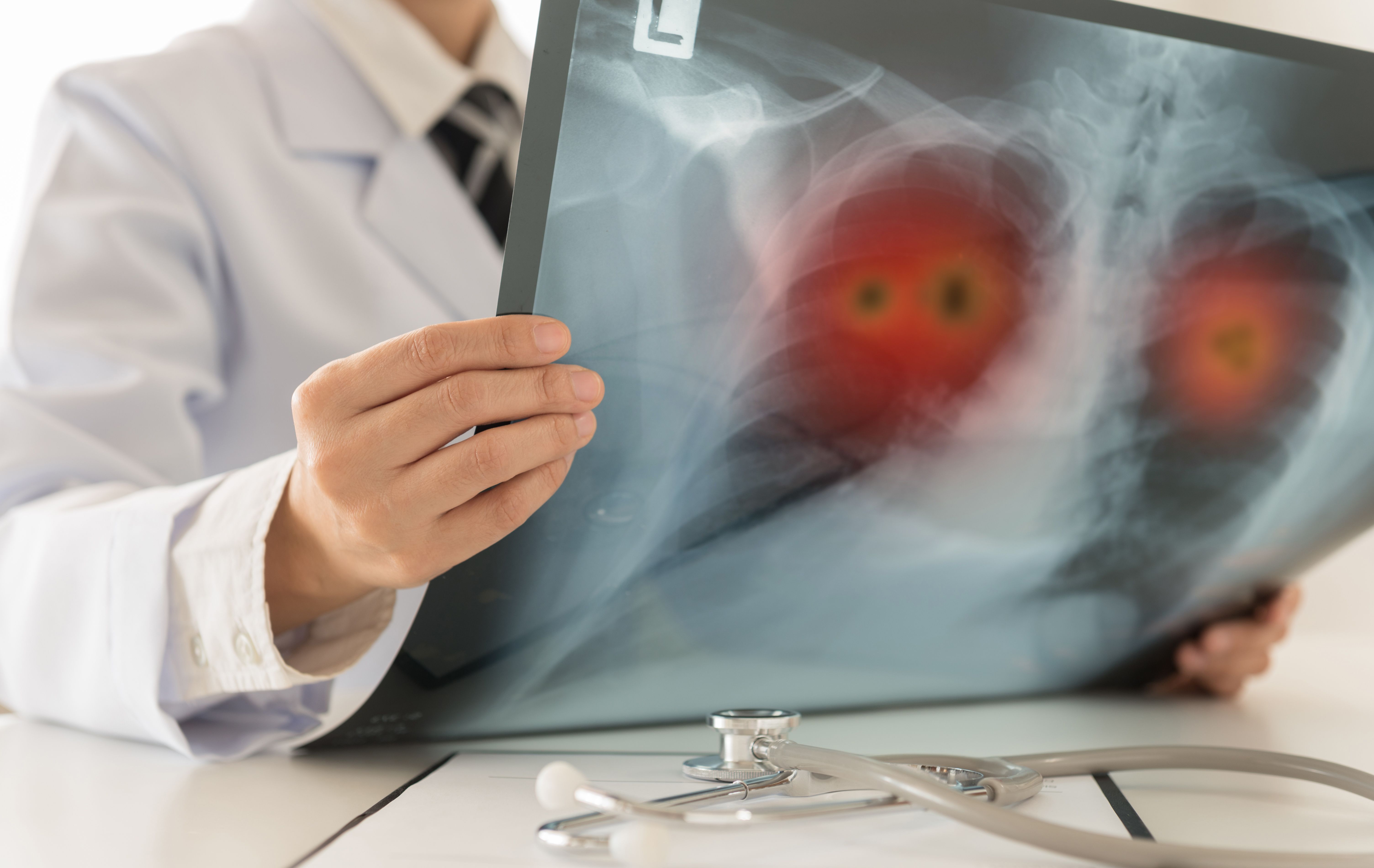Article
Bacteria Involved in Slow Healing Wounds
Author(s):
Approximately 1 in 10 people will experience a poorly healing wound, which can lead to amputations in patients with diabetes.
Bacteria that normally live on healthy skin can result in slow wound healing under certain conditions, the authors of a study published by the Journal of Investigative Dermatology recently discovered.
Poor wound healing can result in adverse events and complications in patients. For those with diabetes, a slow healing wound can lead to costly amputations. While many factors are likely involved with poorly healing wounds, understanding the causes could result in new treatments that amplify healing, according to the authors.
“There is an urgent need to understand the bacterial communities in our skin and why so many of us will develop wounds that do not heal,” said researcher Sheena Cruickshank, PhD. “Wounds can be caused by a multitude of factors from trauma to bed sores, but infection is a complication that can on occasion lead to life threatening illness.”
In the study, the authors found that Pseudomona aeruginosa and its variants result in diminished wound healing capabilities in certain scenarios.
When a receptor that recognizes bacteria is damaged, bacteria present on the skin becomes out of balance. This shift in the bacterial colony on the skin can affect a wound’s ability to heal, according to the study. P. aeruginosa has previously been linked to infections resulting from a slow healing wound. The authors note that 1 in 10 individuals will experience a poorly healing wound, with the risk increased among elderly patients.
The authors explored the effects of the bacteria in mice models of poor wound healing. These animals lack the Nod2 receptor, which identifies bacteria and can regulate the response to pathogens, according to the authors.
“Many people are struggling with wounds that heal poorly but this new study suggests that the types of bacteria present may be responsible for our failure to heal which is important for considering how we manage wound treatment,” Dr Cruickshank said.
The authors discovered that mice lacking Nod2 have more P. aeruginosa than normal mice, which was linked to hindered wound healing, according to the study.
Additionally, slow wound healing was observed when the bacteria was introduced to normal mice.
These results suggest that humans with slow healing wounds may have an overgrowth of P. aeruginosa, according to the study.
“There is an urgent need to understand the bacterial communities in our skin and why so many of us will develop wounds that do not heal,” Dr Cruickshank said.






